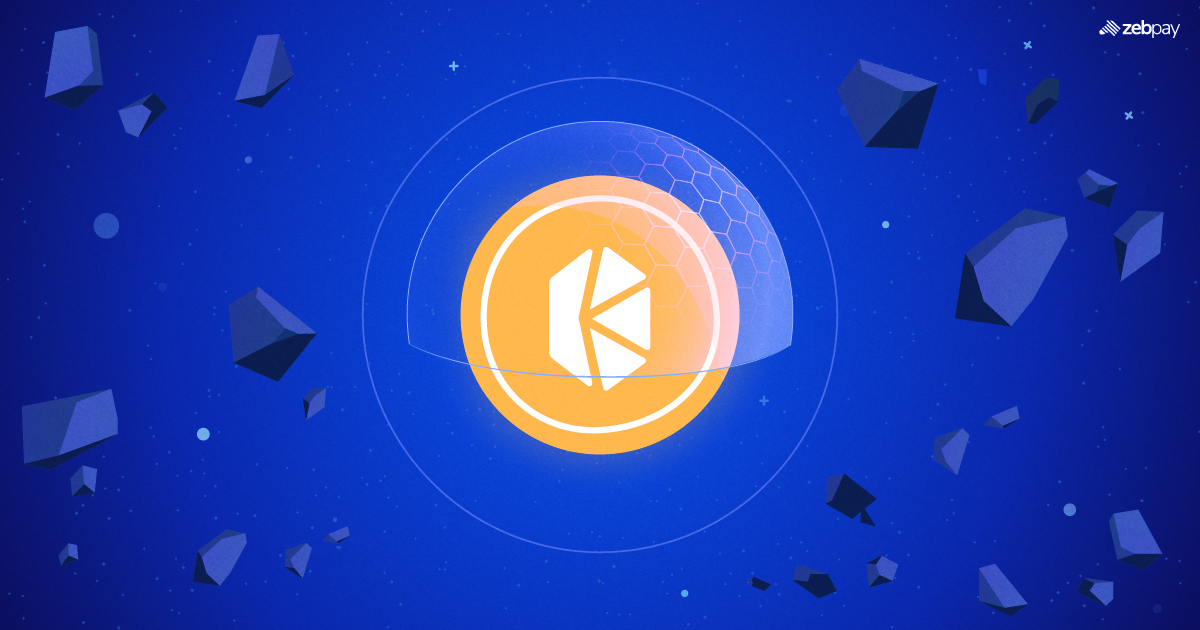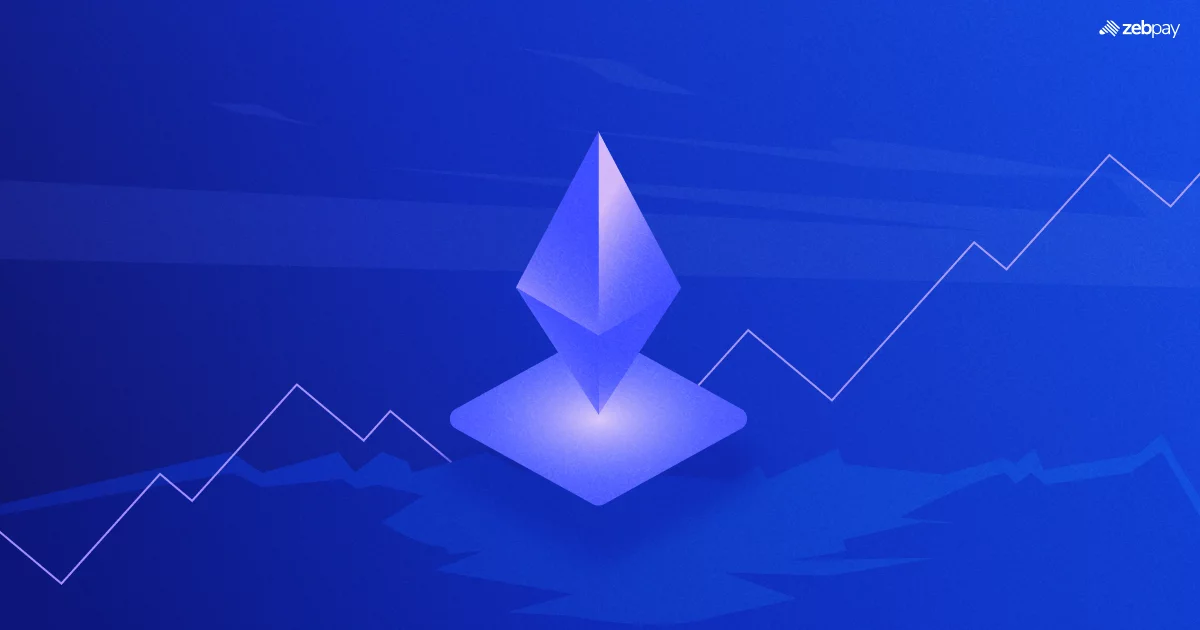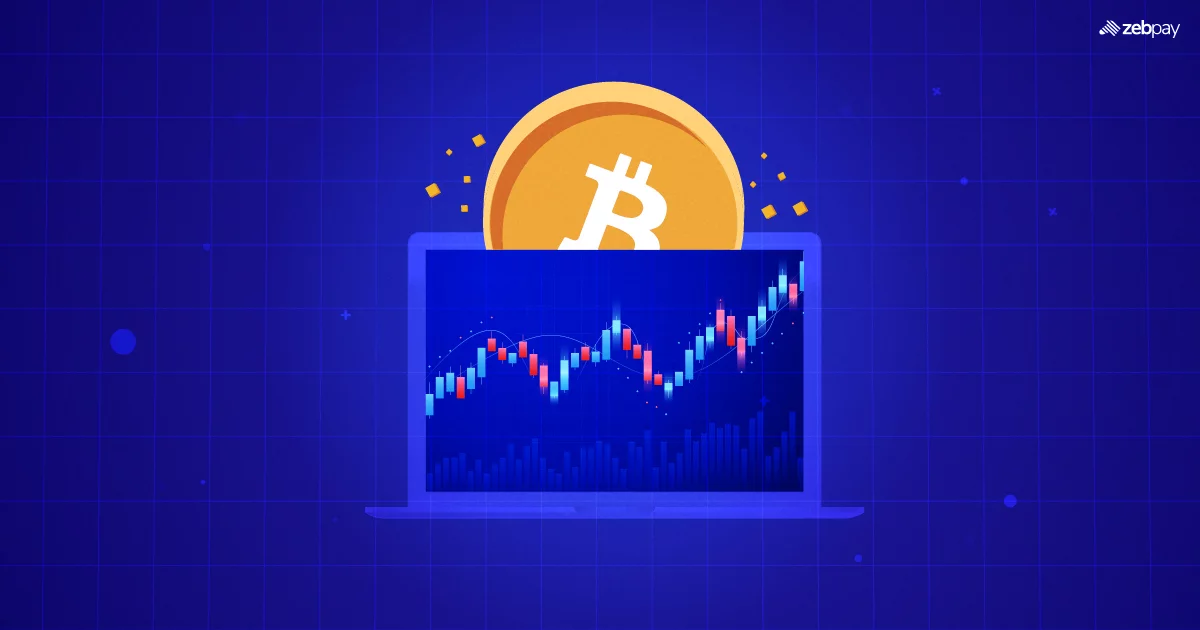Decentralised finance has led to the creation of alternatives to traditional banking and financial services. While some projects may be payment services, others may provide lending and borrowing through Defi. However, entire marketplaces can be run through decentralised means. The Kyber Network is one such Defi project building an alternative to traditional crypto exchanges. So what is Kyber Network and how does it work?
Introduction about Kyber Network
The Kyber Network is a decentralised blockchain protocol that enables you to exchange tokens without the need for a centralised exchange. Instead of relying on a single company’s services for your crypto trading, the Kyber network executes it all through code. This exchange is called KyberSwap.
It also provides liquidity for other Defi applications. Liquidity is one of the most essential components of financial services. It enables exchanges of an asset without substantial shifts in its price. It also allows you to convert your assets back into cash. For a functional market, you must have satisfactory liquidity. Since Defi protocols do not have large companies backing them, it is usually difficult for them to maintain liquidity.
Kyber Network Technical Details
The network allows you to exchange between several ERC-20 tokens including Ethereum. This is done through liquidity pools.
Liquidity Pools
These are smart contracts that act as a store of crypto tokens. It is essential for the functioning of any decentralised exchange, providing them with instant transactions through the easy availability of tokens.
The tokens stored in these pools come from users known as liquidity providers(LPs). These LPs stake their tokens in the liquidity pool and receive rewards based on the amount of liquidity they provided.
When a user starts a trade, the network searches through all reserves to find the best rate at which the trade can be completed.
There are three main types of reserves used by the Kyber Network to provide liquidity.
- Automated Price Reserves: These reserves use smart contracts to determine the rate for available tokens. Transactions using these reserves take place directly on the network’s blockchain.
- Price Feed Reserves: These reserves draw data from price feeds and store it in smart contracts. These are like the platform’s version of a market maker.
- Bridge Reserves: They access the liquidity available on other decentralised exchanges, increasing the total liquidity on the network.
The network fees are in the form of ETH. A part of these fees is put back into the reserves based on the total liquidity provided by them.
Who Owns the Kyber Network?
In 2017, Loi Luu, Victor Tran and Yaron Velner created the Kyber Network. During the Initial Coin Offering, the team managed to raise over 200,000 ET, worth roughly $50 million at the time.
While the project may have been started by this team of three, it is now fully decentralised. It is not owned by any small group of individuals or companies.
What Is the KyberDAO?
As long as you own the KNC crypto tokens, you own a portion of the Kyber Network. Owning the native token of the platform allows you to take part in its governance through the KyberDAO. This is a decentralised autonomous organisation that democratises the process of managing the Kyber Network.
Once you stake your tokens, you can vote on key issues such as the fee model of the network and reward structure for providing liquidity. You can also earn staking rewards in ETH.
The KyberDAO ensures that the project is a fully independent and decentralised exchange not influenced by large companies. Instead, the control over its future lies with the users of the network.
KNC Ecosystem
What is KNC? The Kyber Network Crystal is the native token of the ecosystem. The Kyber ecosystem comprises mainly three things – The KyberDAO, the decentralised exchange and the reserves.
The KyberDAO is what empowers users on the network. It puts them in control of the decision-making process and ensures transparency in the direction of the project.
The decentralised exchange makes it possible for dApps and other users to not worry about the tokens they use. It enables easy exchanges between various ERC-20 tokens, simplifying trading and app usage.
Finally, the reserves are what allow the exchange to function seamlessly. Without easy access to liquidity, Kyber Network would be unable to assist so many users at the same time.
Is Kyber Network a Good Investment?
Investing in the Kyber Network implies owning the KNC token. This allows you to earn staking rewards in ETH and grow your income passively. However, the token does not serve many purposes outside of governance.
If you are an active user of the Kyber platform, you may want to influence its decision-making. But the KNC token can only provide you with some speculative gains rather than a good long-term investment.
As of writing, the KNC token is trading at $1.19 with a market capitalisation of $212 million. It hit an all-time high of $5.72 in April 2022.
You can now buy KNC tokens on ZebPay







